The Planning Appeals Commission (PAC) has rejected appeals in three separate cases against enforcement notices handed down by local councils to farmers who had built sheds in breach of planning rules.
Two of the sheds had been built to house pigs, with the other a facility to keep cattle. The decisions by the PAC were made in October 2024. A common thread through the cases is that they each involved third party complaints made by nearby residents.
Shed one: Rosslea, Co Fermanagh
The first case relates to the “unauthorised erection” of a shed and underground tank to house pigs on a farm outside Rosslea in Co Fermanagh.
In a report which set out her decision in the case, Commissioner Carrie McDonagh noted that the building was approximately 44m long, 12.85m wide with a total footprint area of 532sq metres.
It was initially intended to house 720 fattener pigs, although a proposal was put forward by the owner during the appeal process to change this to 1,570 weaners.
The main issues considered in the appeal were whether the development results in an “unacceptable adverse impact on residential amenity, natural heritage and road safety”.
The farmer had provided an updated Air Quality, Noise and Odour Impact Assessment (AQIA), however, the local Council Environmental Health Department had raised several technical concerns relating to noise.
When she visited the site, Commissioner McDonagh noted “a significant level of noise, which I would describe as adverse, mainly due to pigs squealing”.
Her report also refers to “adverse pig odour” in line with observations made by local residents. She concluded that objections to the building due to noise and odour emissions are “sustained”.
Ammonia
The farm is within 7.5km of 13 different designated sites, but despite that, the NI Environment Agency (NIEA) did not have any air quality concerns relating to ammonia emissions as contributions do not exceed thresholds.
However, the report notes that Council officials disagreed with the NIEA analysis, drawing on support from Shared Environmental Services (SES), the internal body which assesses planning applications against Habitats Regulations for all 11 NI councils.
The key issue was at Kilroosky Lough, a designated site 4.5km away in Co Monaghan, with authorities in the Republic of Ireland arguing that background ammonia levels at this site were already at 340% of critical levels.
Slurry
Commissioner McDonagh also raised concerns about whether slurry from the pigs can be “satisfactorily disposed of”, although she did not sustain objections relating to road safety or public health.
In the original enforcement notice dated 27 September 2022, the farmer was given 30 days to demolish the building and as part of the appeal process, had asked this that this be extended to four months to give time to empty the tank and complete a production cycle.
The overall appeal to the enforcement notice failed, as did the request to extend beyond 30 days. “The slurry tank and the buildings are easily accessible from the roadside and could be emptied and demolished with relative ease,” noted Commissioner McDonagh.
During the case the PAC heard from both sides of the argument as well as a representative from “Annaghilly Road Concerned Residents Group” and James Orr, the Director of Friends of the Earth in NI.

Two of the three sheds were constructed to house pigs.
Shed two: Derrylin,
Co Fermanagh
The second unauthorised shed to come before the PAC was a building and associated underground tank to rear pigs, situated near Derrylin in Co Fermanagh.
The shed was approximately 32m long and 15m wide, giving a total size of 480sqm. It was built on a greenfield site.
The farmer was issued with an enforcement notice from planners in the local council back in September 2022.
He appealed, with the decision on this appeal issued by Commissioner Carrie McDonagh on 23 October 2024.
In this case the NIEA had said it had concerns around ammonia emissions, with the shed and proposed lands for slurry spreading, within 7.5km of eleven different protected sites.
Responding to those concerns, the farmer had changed the appeal development by adding in a Schulz 2-stage exhaust air purification system which has the ability to reduce ammonia emissions from the shed by 70%.
All slurry was also to be applied using low emission slurry spreading equipment. When combined, both mitigation measures significantly reduced the impact of the facility on the designated sites.
In her report Commissioner McDonagh noted that the appeal development “would not adversely affect the integrity” of a number of designated sites, however, she said “reasonable scientific doubt” remained regarding the Cladagh (Swanlinbar) River site.
Freshwater pearl mussel
It is the closest designated site to the appeal building and is home to freshwater pearl mussel.
Commissioner McDonagh was also critical of the failure to include a nutrient management plan by the farmer. “I cannot ascertain if there is currently a sustainable outlet for the slurry generated each year and the onus is on the appellant to provide such information,” she said.
While she did not sustain a complaint from a third party local resident about the smell coming from the new facility, she refused the appeal of the original enforcement notice.
The farmer was given three months to remove slurry and demolish the shed.
Shed three: Newcastle,
Co Down
The third unauthorised construction relates to a portal frame cattle shed on a farm outside Newcastle in Co Down.
Unlike the other two cases, this PAC decision made by Commissioner Trudy Harbinson of 24 October 2024 goes into some depth on the issue of Permitted Development.
The farmer in the case stated he had constructed a “two-link agricultural shed” in mid- to late 2016, which gained immunity from enforcement action by late
2021.
It was extended by a further 320sqm (taking it to around 534sqm) in mid-2020 under Part 7 Class A of the General Permitted Development Order 2015, which allows up to 500sqm to be added in certain circumstances.
Certificate
In her report, Commissioner Harbinson pointed out that the original shed did not have planning permission or a lawful development certificate at the time the extension was added, so any extension to it “could not benefit from permitted development”.
She also argued that hardstanding added as part of the extension actually takes the 2020 works above the 500sqm threshold.
The farmer in the case claimed that on the date the enforcement notice was issued of 30 June 2022, it was more than five years since the original shed was substantially complete, so no action could be taken against that particular development.
Various invoices from 2016 were provided as evidence, along with three aerial
images.
An image from May 2016 shows there was no yard area or shed, but it was there in the next image from June 2018.
“There are no dated photographs showing the two-link shed and hardstanding substantially complete prior to the key date [of 30 June 2017],” noted Commissioner Harbinson.
She concluded that the original shed was therefore “not immune” from enforcement action.
Holiday homes
Her report also refers to the lack of “documentary evidence” as to why the shed was necessary and to concerns raised by a third party who owned holiday homes close to the site, one of which was within 75m.
The third party stated that when cattle are housed there is “continuous noise”.
The farm shed is also within 7.5km of a number of designated sites, although the advice from NIEA was that the development did not pose “a high risk” to these sites.
However, Shared Environmental Services (SES) raised issues around the land used for slurry spreading, arguing it is part of the River Burren and Shimna River catchments which are ultimately connected to Murlough special area of conservation (SAC).
Scientific doubt
“Reasonable scientific doubt remains that the proposal would not have a significant effect on the SAC,” states the Commissioner Harbinson report.
However, she did not sustain a concern raised by planners that the scale of the building is not appropriate to its location.
She also dismissed various issues raised by the owner of the nearby holiday cottages, including that they have had to close at certain times of the year due to smell and noise from the shed and had to ban children due to safety concerns.
Despite that, the overall planning application for the livestock building was refused.
The farmer was given 12 weeks to remove the entire building, remove the area of hardstanding and restore the land to its former condition.
The Planning Appeals Commission (PAC) has rejected appeals in three separate cases against enforcement notices handed down by local councils to farmers who had built sheds in breach of planning rules.
Two of the sheds had been built to house pigs, with the other a facility to keep cattle. The decisions by the PAC were made in October 2024. A common thread through the cases is that they each involved third party complaints made by nearby residents.
Shed one: Rosslea, Co Fermanagh
The first case relates to the “unauthorised erection” of a shed and underground tank to house pigs on a farm outside Rosslea in Co Fermanagh.
In a report which set out her decision in the case, Commissioner Carrie McDonagh noted that the building was approximately 44m long, 12.85m wide with a total footprint area of 532sq metres.
It was initially intended to house 720 fattener pigs, although a proposal was put forward by the owner during the appeal process to change this to 1,570 weaners.
The main issues considered in the appeal were whether the development results in an “unacceptable adverse impact on residential amenity, natural heritage and road safety”.
The farmer had provided an updated Air Quality, Noise and Odour Impact Assessment (AQIA), however, the local Council Environmental Health Department had raised several technical concerns relating to noise.
When she visited the site, Commissioner McDonagh noted “a significant level of noise, which I would describe as adverse, mainly due to pigs squealing”.
Her report also refers to “adverse pig odour” in line with observations made by local residents. She concluded that objections to the building due to noise and odour emissions are “sustained”.
Ammonia
The farm is within 7.5km of 13 different designated sites, but despite that, the NI Environment Agency (NIEA) did not have any air quality concerns relating to ammonia emissions as contributions do not exceed thresholds.
However, the report notes that Council officials disagreed with the NIEA analysis, drawing on support from Shared Environmental Services (SES), the internal body which assesses planning applications against Habitats Regulations for all 11 NI councils.
The key issue was at Kilroosky Lough, a designated site 4.5km away in Co Monaghan, with authorities in the Republic of Ireland arguing that background ammonia levels at this site were already at 340% of critical levels.
Slurry
Commissioner McDonagh also raised concerns about whether slurry from the pigs can be “satisfactorily disposed of”, although she did not sustain objections relating to road safety or public health.
In the original enforcement notice dated 27 September 2022, the farmer was given 30 days to demolish the building and as part of the appeal process, had asked this that this be extended to four months to give time to empty the tank and complete a production cycle.
The overall appeal to the enforcement notice failed, as did the request to extend beyond 30 days. “The slurry tank and the buildings are easily accessible from the roadside and could be emptied and demolished with relative ease,” noted Commissioner McDonagh.
During the case the PAC heard from both sides of the argument as well as a representative from “Annaghilly Road Concerned Residents Group” and James Orr, the Director of Friends of the Earth in NI.

Two of the three sheds were constructed to house pigs.
Shed two: Derrylin,
Co Fermanagh
The second unauthorised shed to come before the PAC was a building and associated underground tank to rear pigs, situated near Derrylin in Co Fermanagh.
The shed was approximately 32m long and 15m wide, giving a total size of 480sqm. It was built on a greenfield site.
The farmer was issued with an enforcement notice from planners in the local council back in September 2022.
He appealed, with the decision on this appeal issued by Commissioner Carrie McDonagh on 23 October 2024.
In this case the NIEA had said it had concerns around ammonia emissions, with the shed and proposed lands for slurry spreading, within 7.5km of eleven different protected sites.
Responding to those concerns, the farmer had changed the appeal development by adding in a Schulz 2-stage exhaust air purification system which has the ability to reduce ammonia emissions from the shed by 70%.
All slurry was also to be applied using low emission slurry spreading equipment. When combined, both mitigation measures significantly reduced the impact of the facility on the designated sites.
In her report Commissioner McDonagh noted that the appeal development “would not adversely affect the integrity” of a number of designated sites, however, she said “reasonable scientific doubt” remained regarding the Cladagh (Swanlinbar) River site.
Freshwater pearl mussel
It is the closest designated site to the appeal building and is home to freshwater pearl mussel.
Commissioner McDonagh was also critical of the failure to include a nutrient management plan by the farmer. “I cannot ascertain if there is currently a sustainable outlet for the slurry generated each year and the onus is on the appellant to provide such information,” she said.
While she did not sustain a complaint from a third party local resident about the smell coming from the new facility, she refused the appeal of the original enforcement notice.
The farmer was given three months to remove slurry and demolish the shed.
Shed three: Newcastle,
Co Down
The third unauthorised construction relates to a portal frame cattle shed on a farm outside Newcastle in Co Down.
Unlike the other two cases, this PAC decision made by Commissioner Trudy Harbinson of 24 October 2024 goes into some depth on the issue of Permitted Development.
The farmer in the case stated he had constructed a “two-link agricultural shed” in mid- to late 2016, which gained immunity from enforcement action by late
2021.
It was extended by a further 320sqm (taking it to around 534sqm) in mid-2020 under Part 7 Class A of the General Permitted Development Order 2015, which allows up to 500sqm to be added in certain circumstances.
Certificate
In her report, Commissioner Harbinson pointed out that the original shed did not have planning permission or a lawful development certificate at the time the extension was added, so any extension to it “could not benefit from permitted development”.
She also argued that hardstanding added as part of the extension actually takes the 2020 works above the 500sqm threshold.
The farmer in the case claimed that on the date the enforcement notice was issued of 30 June 2022, it was more than five years since the original shed was substantially complete, so no action could be taken against that particular development.
Various invoices from 2016 were provided as evidence, along with three aerial
images.
An image from May 2016 shows there was no yard area or shed, but it was there in the next image from June 2018.
“There are no dated photographs showing the two-link shed and hardstanding substantially complete prior to the key date [of 30 June 2017],” noted Commissioner Harbinson.
She concluded that the original shed was therefore “not immune” from enforcement action.
Holiday homes
Her report also refers to the lack of “documentary evidence” as to why the shed was necessary and to concerns raised by a third party who owned holiday homes close to the site, one of which was within 75m.
The third party stated that when cattle are housed there is “continuous noise”.
The farm shed is also within 7.5km of a number of designated sites, although the advice from NIEA was that the development did not pose “a high risk” to these sites.
However, Shared Environmental Services (SES) raised issues around the land used for slurry spreading, arguing it is part of the River Burren and Shimna River catchments which are ultimately connected to Murlough special area of conservation (SAC).
Scientific doubt
“Reasonable scientific doubt remains that the proposal would not have a significant effect on the SAC,” states the Commissioner Harbinson report.
However, she did not sustain a concern raised by planners that the scale of the building is not appropriate to its location.
She also dismissed various issues raised by the owner of the nearby holiday cottages, including that they have had to close at certain times of the year due to smell and noise from the shed and had to ban children due to safety concerns.
Despite that, the overall planning application for the livestock building was refused.
The farmer was given 12 weeks to remove the entire building, remove the area of hardstanding and restore the land to its former condition.





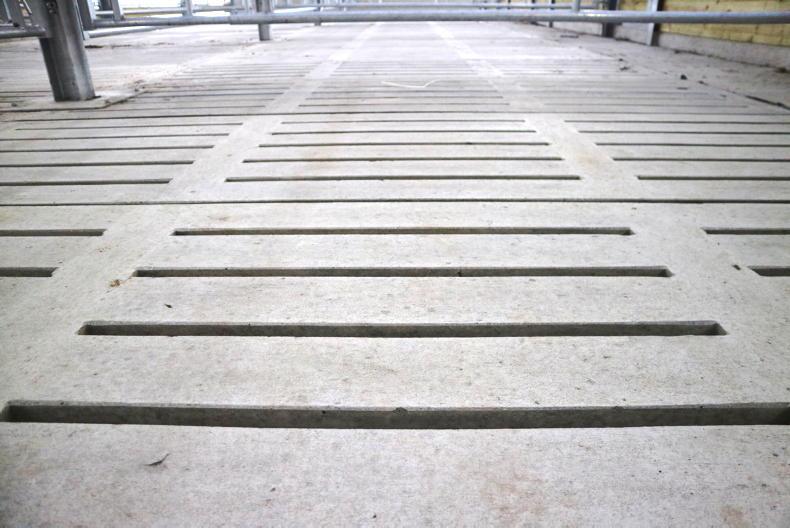
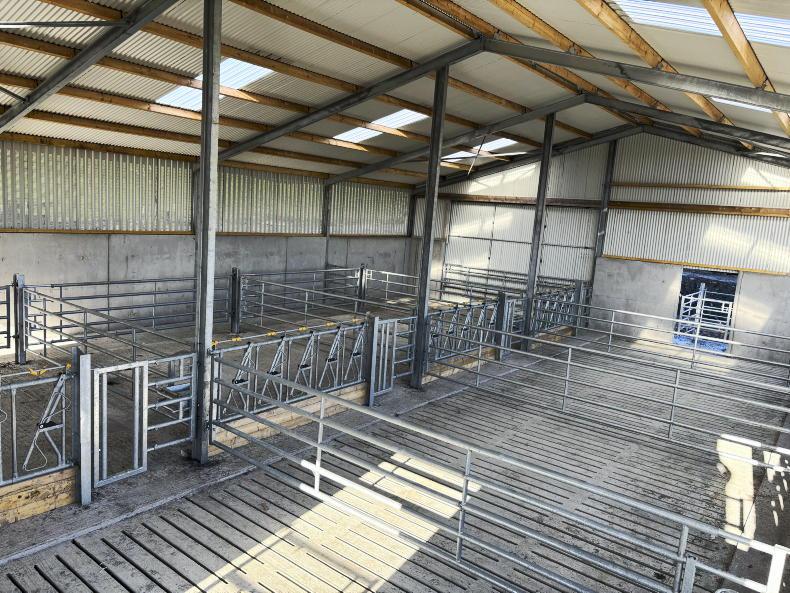

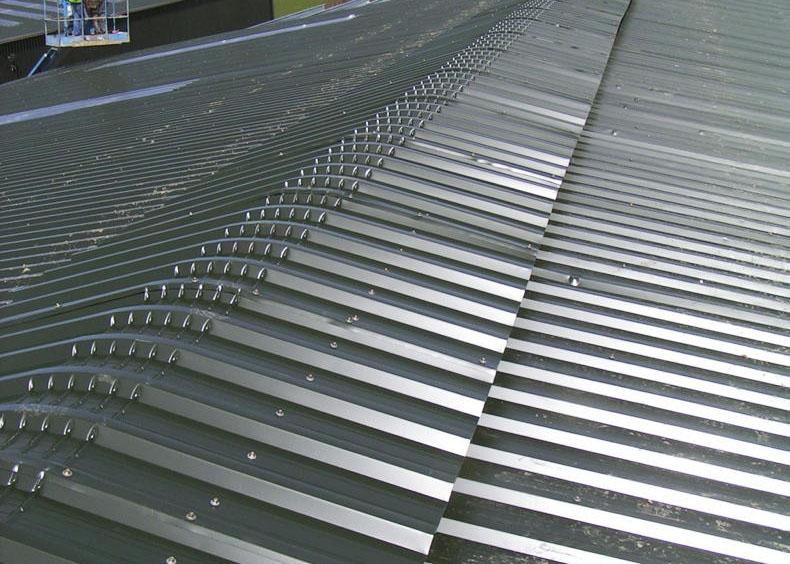
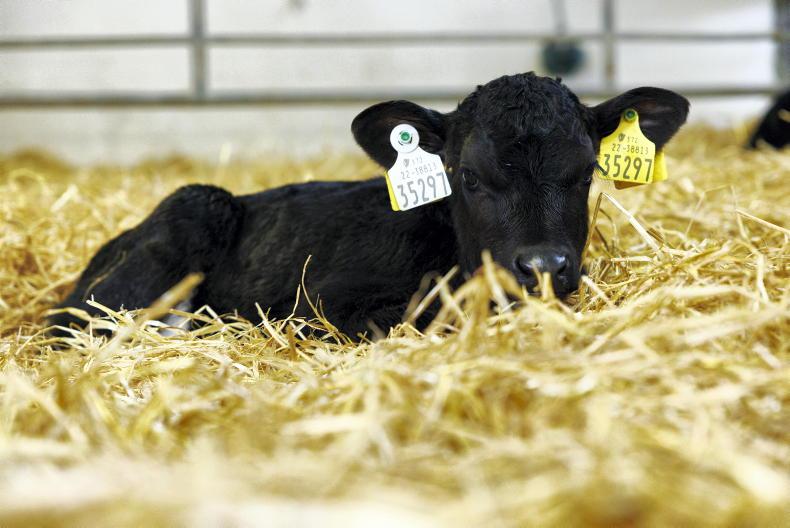
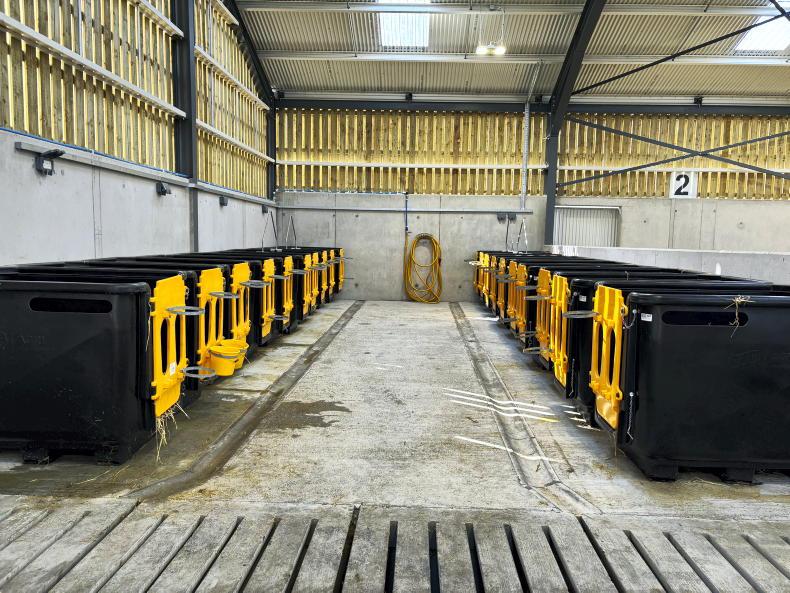
SHARING OPTIONS